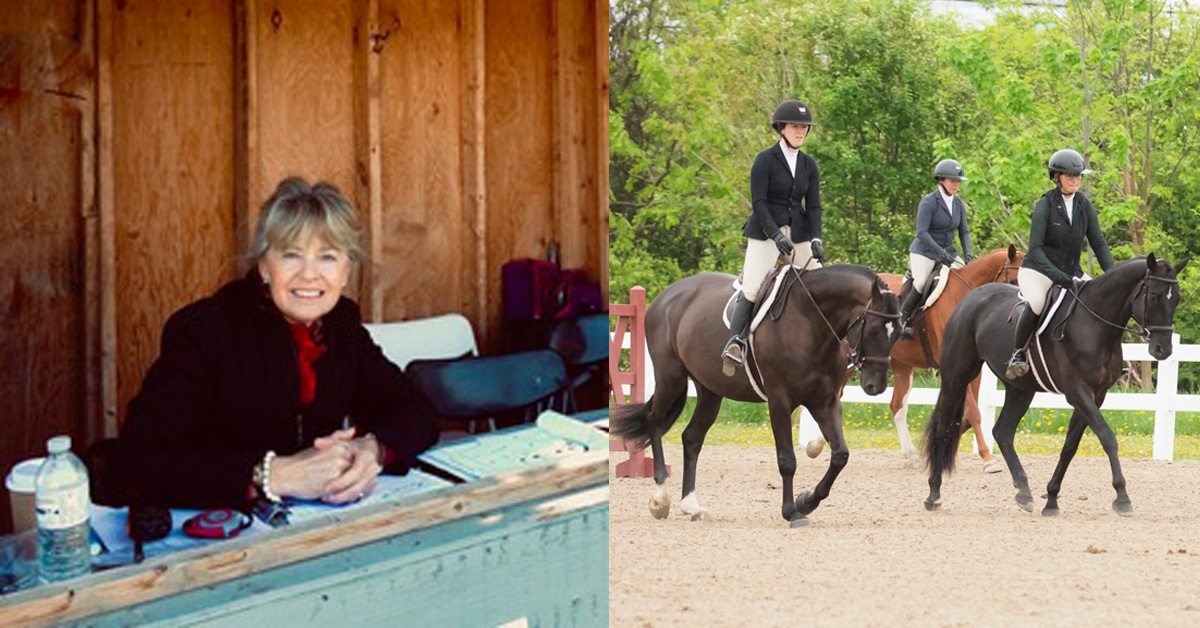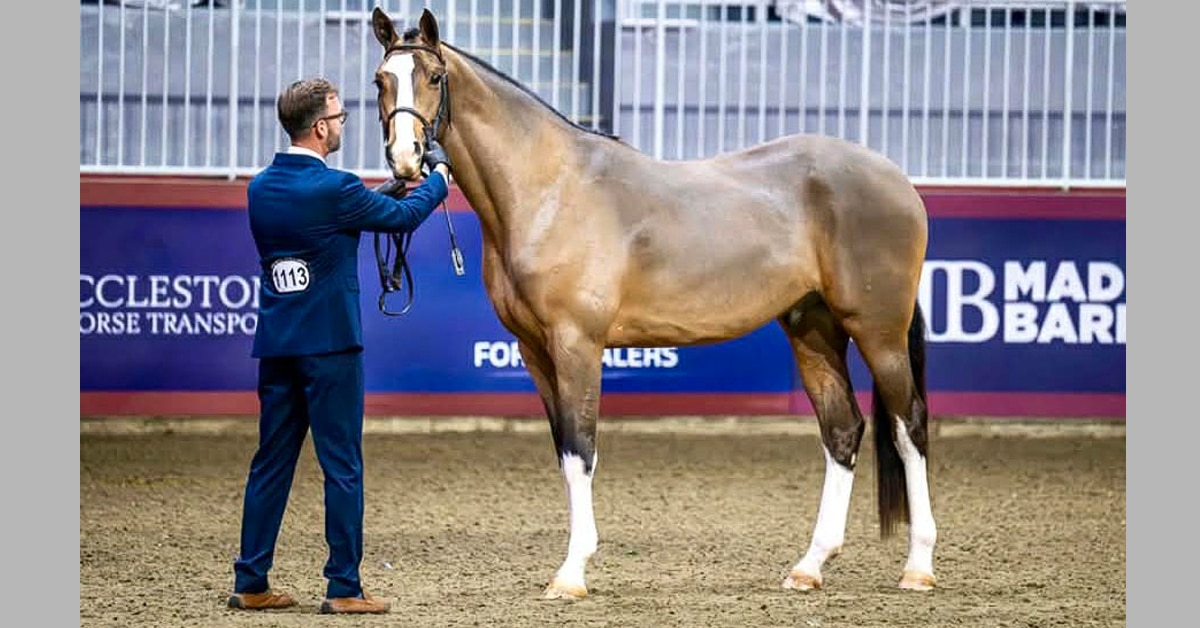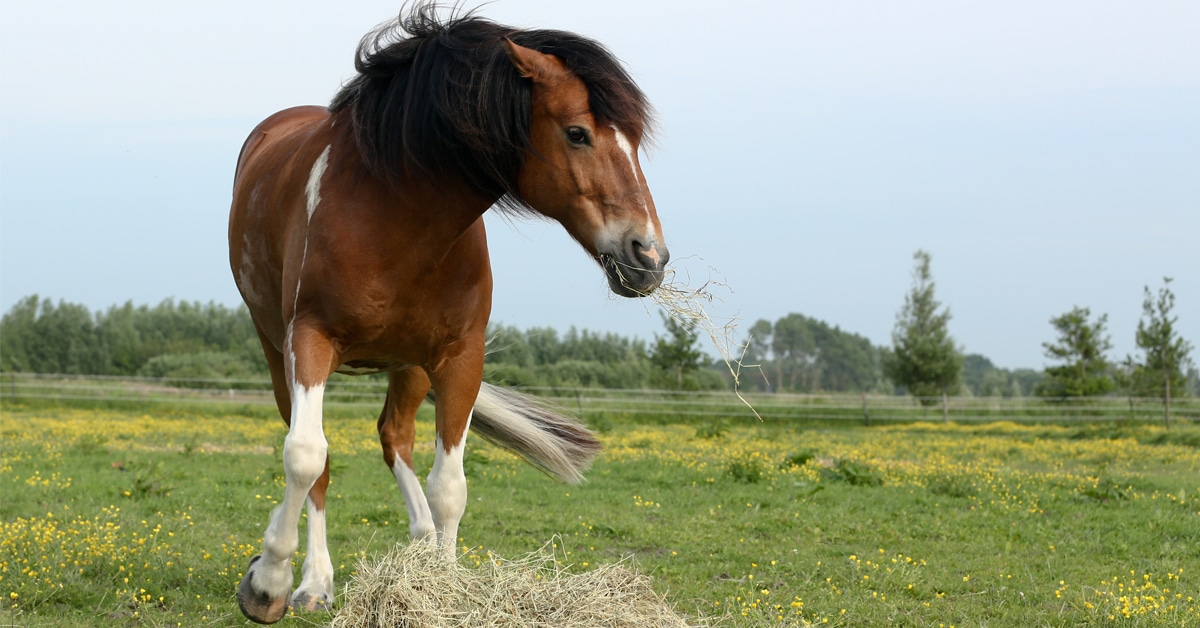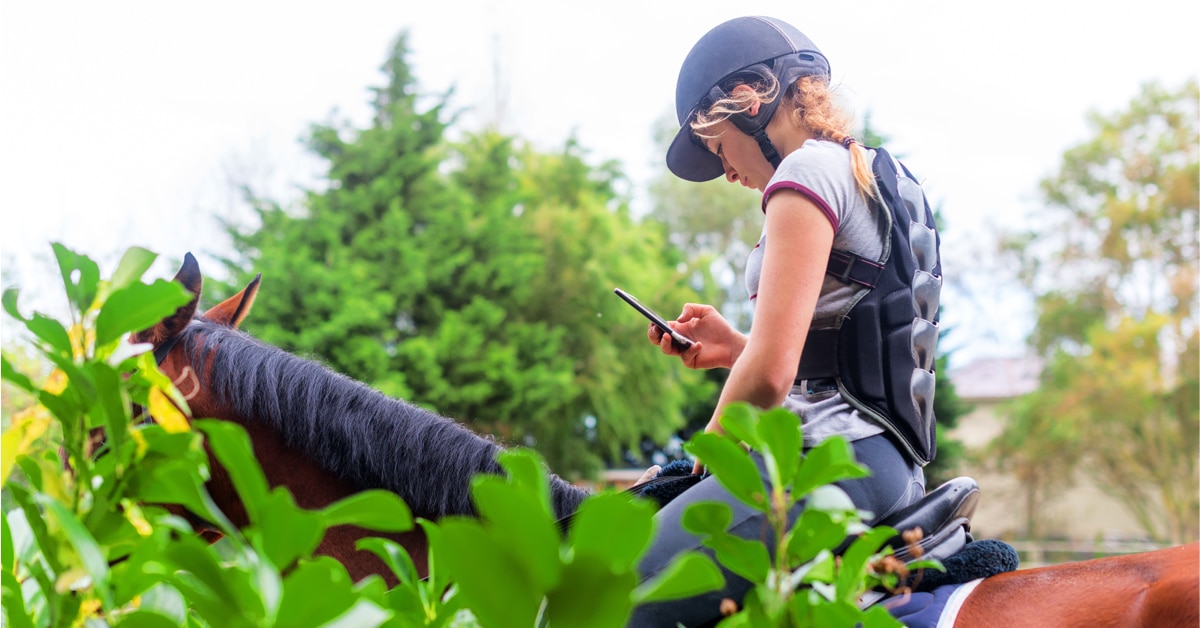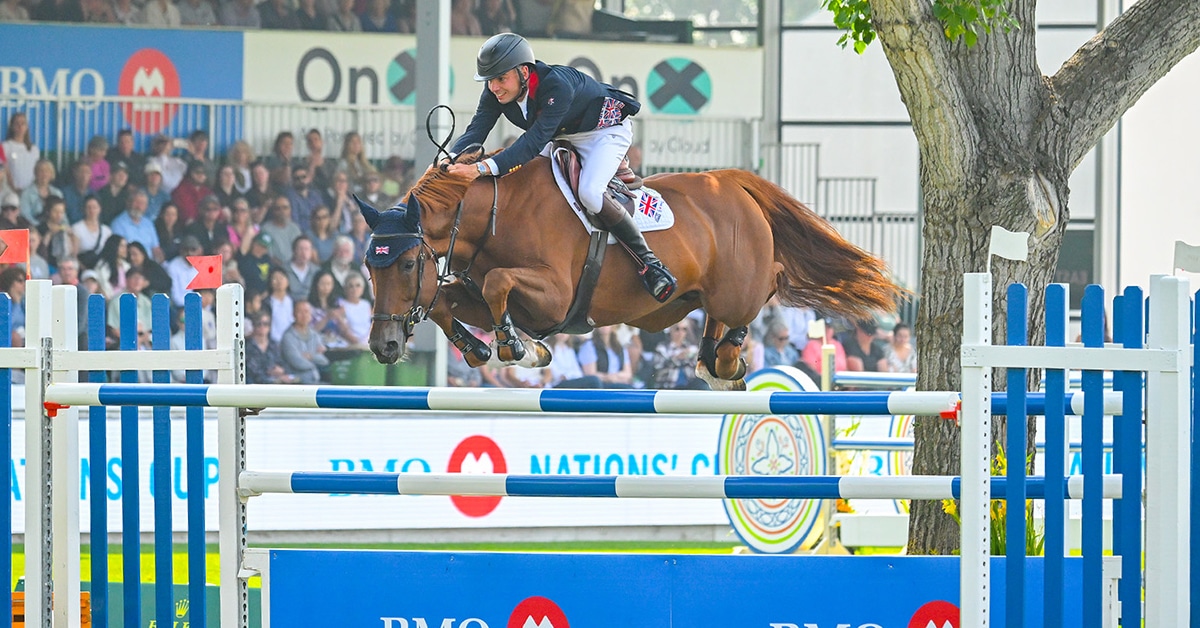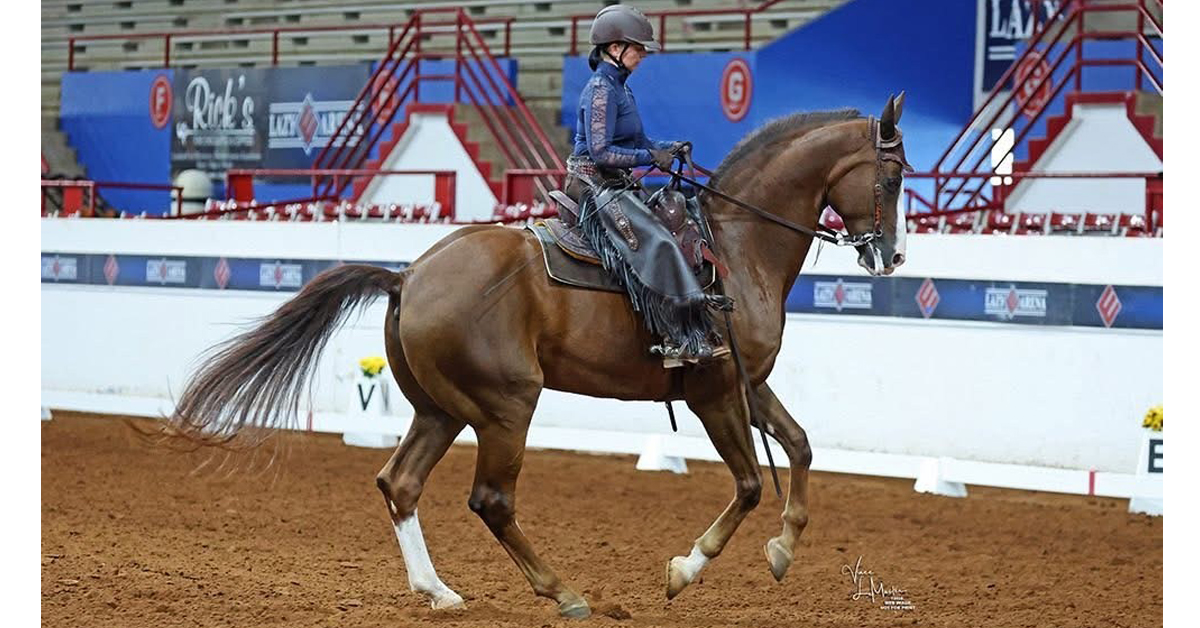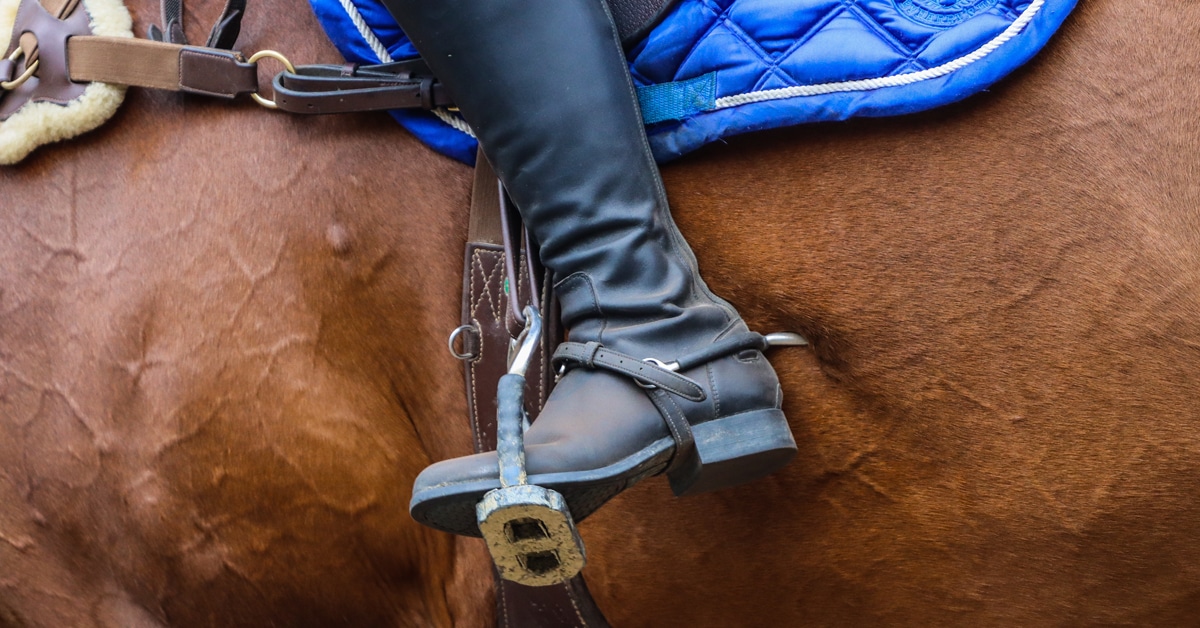At the GRIT seminar held by Ontario Equestrian and hosted at Adena Springs in Aurora, Ontario in September 2020, ten-time Olympian Ian Millar drew on his vast background of experience to speak on a variety of subjects. Here he discusses the evolution of show jumping – where it came from, where it’s been, and where it’s going.
“I think it’s pretty darn interesting how show jumping has gone. When I think of it today, as opposed to when I started in 1971‒ which was the first time I rode on the team‒ it is literally a different sport. Different style of riding, different horses, a higher level of vet care and blacksmith skill, coaching availability … it goes on and on.
Horse sport really originated back in the day when soldiers rode horses to war, before tanks and other motorized vehicles. When the soldiers weren’t at war they got a little bored, so they decided to play games with their horses. They would challenge each other with little exercises to see who could stop and do a half-pass and various other things. Then there was a fallen log on the ground and they would jump that; hence cross-country was born. Eventually they decided to jump bales of straw and barrels and show jumping was born. That’s where these sports came from long before they became Olympic sports.
Canada’s First Foray

The gold medal Canadian show jumping team in Mexico on their way to collect their medals: (l-r) Jim Elder and The Immigrant, Jim Day and Canadian Club, and Tom Gayford with Big Dee.
The first time that Canada sent a show jumping team to the Olympics was 1968 in Mexico. The Nations’ Cup was held the final day of the Games in the Olympic stadium, first thing in the morning. Once that was done, the jumps came out and they had closing ceremonies.
Until that point, Canada did not have a gold medal, but then show jumping began and Canada won the Nation’s Cup ‒ Jimmy Elder, Jimmy Day, and Tommy Gayford with 102 ¾ faults. That’s a whole lot of rails down! This was not unusual, as back in those days they had to jump the impossible courses; the Olympics was a level beyond words. It had nothing to do with what a horse did the rest of the year. It was the ultimate test, so the thinking was that the jumps should be higher and wider.
The poles on the course were extremely long and heavy and held in very deep cups. In the second individual round there was an oxer on course that was six feet high and six feet wide ‒ beyond ridiculous. I believe that there were only two horses on the day that jumped the oxer clean and one of them was Jimmy Elder with The Immigrant and the other was Kevin Bacon with Chichester.

Jimmy Elder and The Immigrant were one of just two to clear this large oxer in the second round of individual competition at the 1968 Olympics. Photo courtesy of Jimmy Elder
Fun side story: Bacon was an Australian guy and an amazing horseman. The jump before that oxer was a triple bar where he tripped and went over Chichester’s head, taking the bridle off on his way down. Chichester scampered off, but Kevin whistled to him and he came back! He put the bridle back on (in those days you could fall off, remount, keep going and still be in contention because the time allowed was so generous). He jumps on, does a circle without any fanfare and just aims at this six foot by six foot oxer ‒ and Chichester jumps it!
Later on, Kevin came to The Royal Winter Fair and he won a class. They dimmed the lights and Kevin came in and hid behind a jump. His daughter, who was his groom, brings Chichester to the gate and they turned the lights back up. Chichester stood there looking out into the ring and Kevin, still hiding, whistles and Chichester gallops out and finds him. Such a great exhibition of horsemanship in front of a full house at The Royal.
The 1980 Alternate Olympics
The 1972 Olympics had a similarly impossible course and the 1980 alternate Olympics in Rotterdam were also pretty tough. The Olympics were in Moscow, but most of the free world boycotted the Olympics over human rights issues stemming from a conflict in Afghanistan. Our team gathered in Bromont – Walter Pady was the chairman at the time – and discussed whether we should send a team to Rotterdam.
Jimmy Elder pipped up to make this very sage statement: “You know, I never won a competition I didn’t at least go to.” We all looked at him like he was a genius and said, “You’re right!” So we saddled up and decided to go to Rotterdam.
Tommy Gayford was our chef d’équipe, and what a clever guy he was. He realized we were a little under-horsed, among other things, so he decided he needed to convince the team that we really could do this. So he took us to this little show in France called Dinard. The show has since become a major international show, but it wasn’t that big back then. Well, don’t you know, we won just about every class! At the end of it we thought, “Well, this isn’t that difficult. These Europeans aren’t that good.”
Off we go to Rotterdam and we won the Nations’ Cup before we really realized how tough we were in.
Then the individual competition comes along and the course designer sets a triple combination with an oxer, two strides to a triple bar, and one stride to something else. We walked the course looking at this thing and wondering if it was a one-stride or a two from the oxer to the triple bar. When you looked at it you couldn’t be sure. When you walked it, sure enough it was a two-stride, but it was designed so that when the horse jumped the oxer you would be right at the base of the triple bar so that you could jump the width of the jump. Also, when the horse landed over the “A” oxer and looked at that triple bar it wasn’t sure what to do.
The first horse went in the ring and did it one stride ‒ and lands right in the middle of the triple bar. The next horse did the same thing. All the chef d’équipes were at the in-gate going crazy, telling them to stop the class, but they wouldn’t. The class continued despite the carnage in that combination. After that they changed the rule so you can’t have a triple bar be “B” or “C” in a combination.
Los Angeles 1984
Fast-forward to 1984 when Bert de Nemethy was the course designer at the Los Angeles Olympics. That was when Championship and Olympic course designing changed and became consistent with what the horses did the rest of the year. It was difficult, a little more technical, and better designed, but it was the same sport.
Previously, if you took your horse to an Olympics it was probably going to take four to six months to recover mentally ‒ and some never did come back. What they learned was what they couldn’t do; they were asked to jump impossible courses and they failed. Once you show a horse what it can’t do you break its heart, shatter its confidence, and many of them are never any good anymore.”
The Latest

